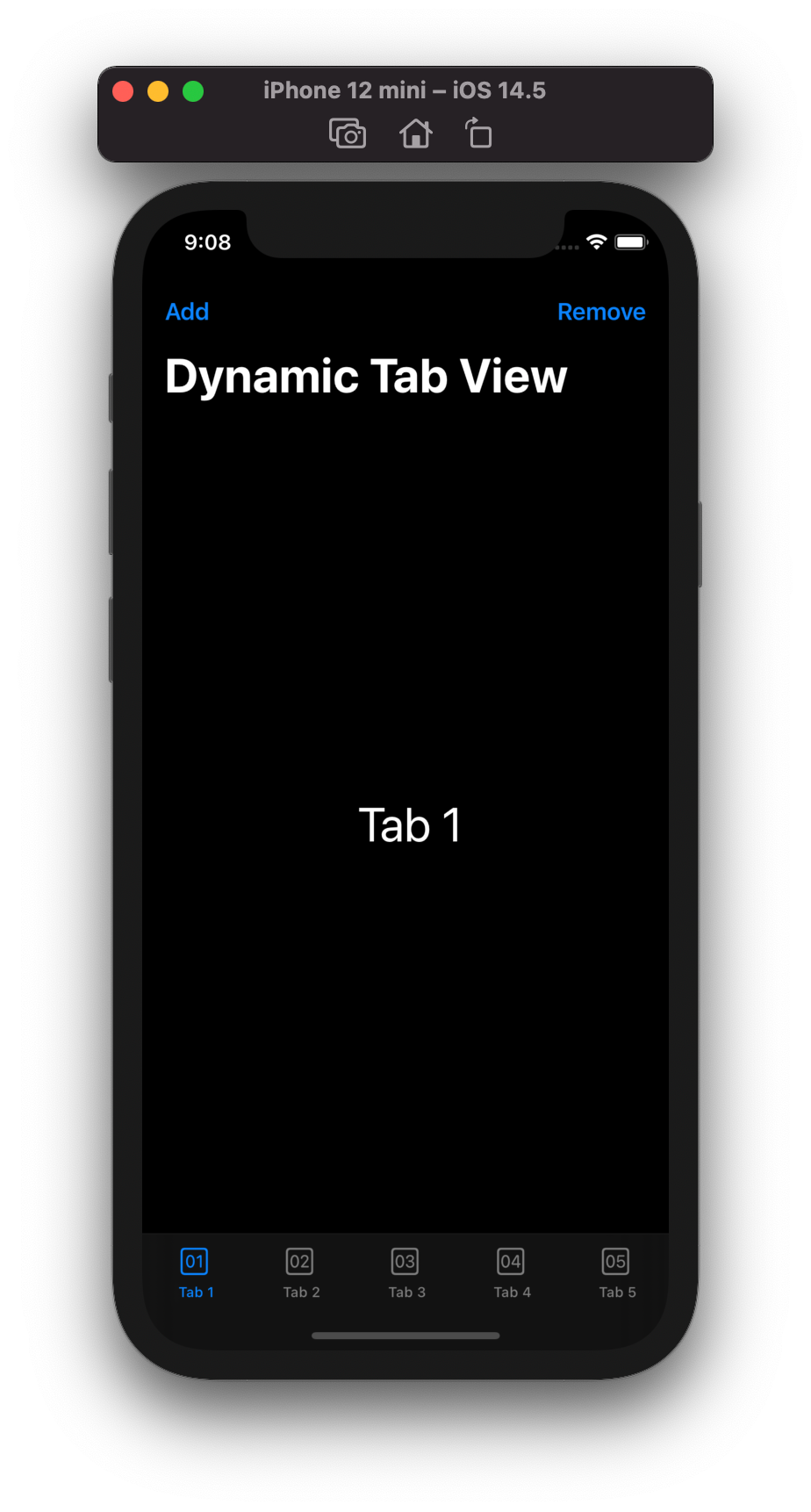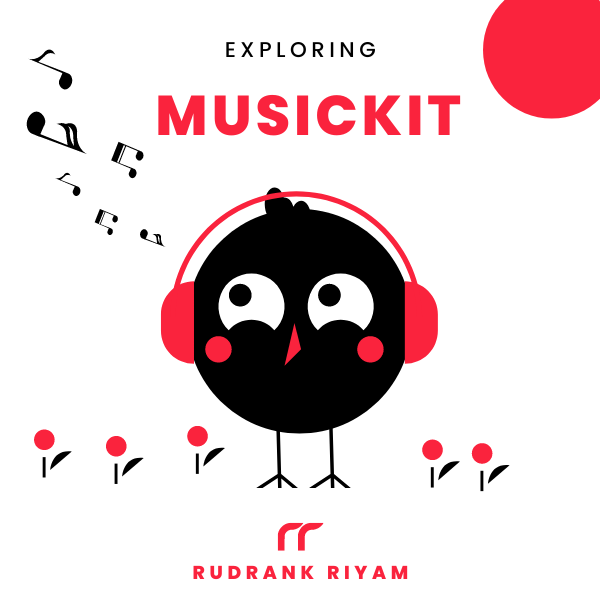
Exploring MusicKit and Apple Music API
Unlock the full power of MusicKit & Apple Music APIs in your apps with the best guide! Use code musickit-blog for a limited-time 35% discount!
I am working on an upcoming project that helps a developer visualize many elements on the screen with SF symbols. I started off with the idea of creating dynamic tab views but didn’t find much on the internet. Although, I stumbled upon a discussion that gave me the head-start to develop it. Here’s a small article to summarise my learnings.
The discussion can be found here — SOLVED: How do I append a new page into TabView, PageTabViewStyle?
Model
I start off by creating a TabItem with a unique identifier, name, image, and
tag associated with it.
struct TabItem: Identifiable {
let id = UUID()
let name: String
let image: String
let tag: Int
}
ViewModel
Then, I create a class conforming to ObservableObject that will house our tab
items, with methods to add or remove them.
final class DynamicTabViewModel: ObservableObject {
@Published var tabItems: [TabItem] = []
@Published var tabCount = 1
func addTabItem() {
tabItems.append(TabItem(name: " Tab \(tabCount)", image: "0\(tabCount).square", tag: tabCount))
tabCount += 1
}
func removeTabItem() {
tabItems.removeLast()
tabCount -= 1
}
}
View
I create a View with a state object of DynamicTabViewModel. I add a TabView
that loops over the tabItems and shows them inside a label. There are two
navigation buttons to add or remove the tab items. Every time those methods are
called, the view reloads with the new set of tab items.
struct DynamicTabView: View {
@StateObject private var viewModel = DynamicTabViewModel()
var body: some View {
NavigationView {
TabView {
ForEach(viewModel.tabItems) { item in
Text(item.name)
.font(.largeTitle)
.tabItem {
Label(item.name, systemImage: item.image)
}
.tag(item.tag)
}
}
.navigationTitle("Dynamic Tab View")
.navigationBarItems(leading: Button(action: viewModel.addTabItem) {
Text("Add")
}, trailing: Button(action: viewModel.removeTabItem) {
Text("Remove")
})
}
}
}
 Screen with dynamic tab items
Screen with dynamic tab items
Conclusion
Although this was a simple example, this gave me a solid foundation to add more customizable features to my app.
You may use this functionality to create a backend-driven tab view. The data for the number of tab items and their information can be parsed from JSON, and then the published variable is updated accordingly. Do note that it is discouraged in Human Interface Guidelines to “remove or disable a tab when its function is unavailable.”
Exploring MusicKit and Apple Music API
Unlock the full power of MusicKit & Apple Music APIs in your apps with the best guide! Use code musickit-blog for a limited-time 35% discount!





